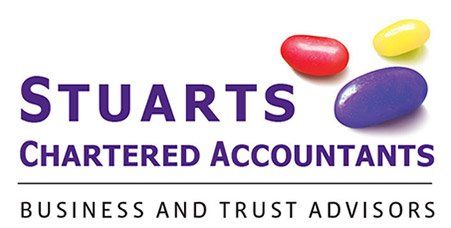Unjustified Dismissal Rejected
Update from the Employment Relations Authority
The Employment Relations Authority has rejected an employee’s claim of unjustified dismissal after deciding that the employer was justified in their dismissal of the employee.
The employee had worked for the employer for 13 years at the point he was instructed to complete work on a damaged piece of equipment.
After completing the work he advised his supervisor, who then assessed the work that had been completed. It was found that the employee had not followed a mandatory safety procedure that was in place to prevent a potentially fatal accident from happening.
The employee was asked to explain why he had failed to follow the simple procedure required to keep his peers safe. The employee responded by admitting he knew of his failure to follow procedure, but that his method was just as safe.
The employer decided that the employee had breached the safety procedure that was required to be followed, and that this breach would be investigated as a possible act of serious misconduct.
A thorough investigation was undertaken, which resulted in a finding of serious misconduct. The employer offered the employee a chance to present his side of the matter, but no adequate excuse or mitigating factor was presented to the employer.
The employee was dismissed for serious misconduct, and raised a claim of unjustified dismissal with the Authority.
The Authority decided that the dismissal was justified, as the failure to follow the simple health and safety procedure was wilful, and could have resulted in a serious injury. The breach of protocol was therefore labelled serious misconduct by the Authority.
The Authority also agreed with the employer’s claim that it was not possible to redeploy the employee into another role, as he would be required to follow the health and safety procedures in any role that they could possibly offer him.
Finally, the Authority decided that the employer had followed a more than adequate process in dismissing the employee, and that the dismissal was therefore justified.
The employee received no compensation and was liable to pay the employer’s legal costs.
Source: In Brief From Rainey Collins Lawyers Employment Issues, 22 March 2023.


